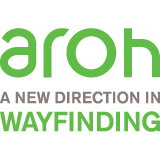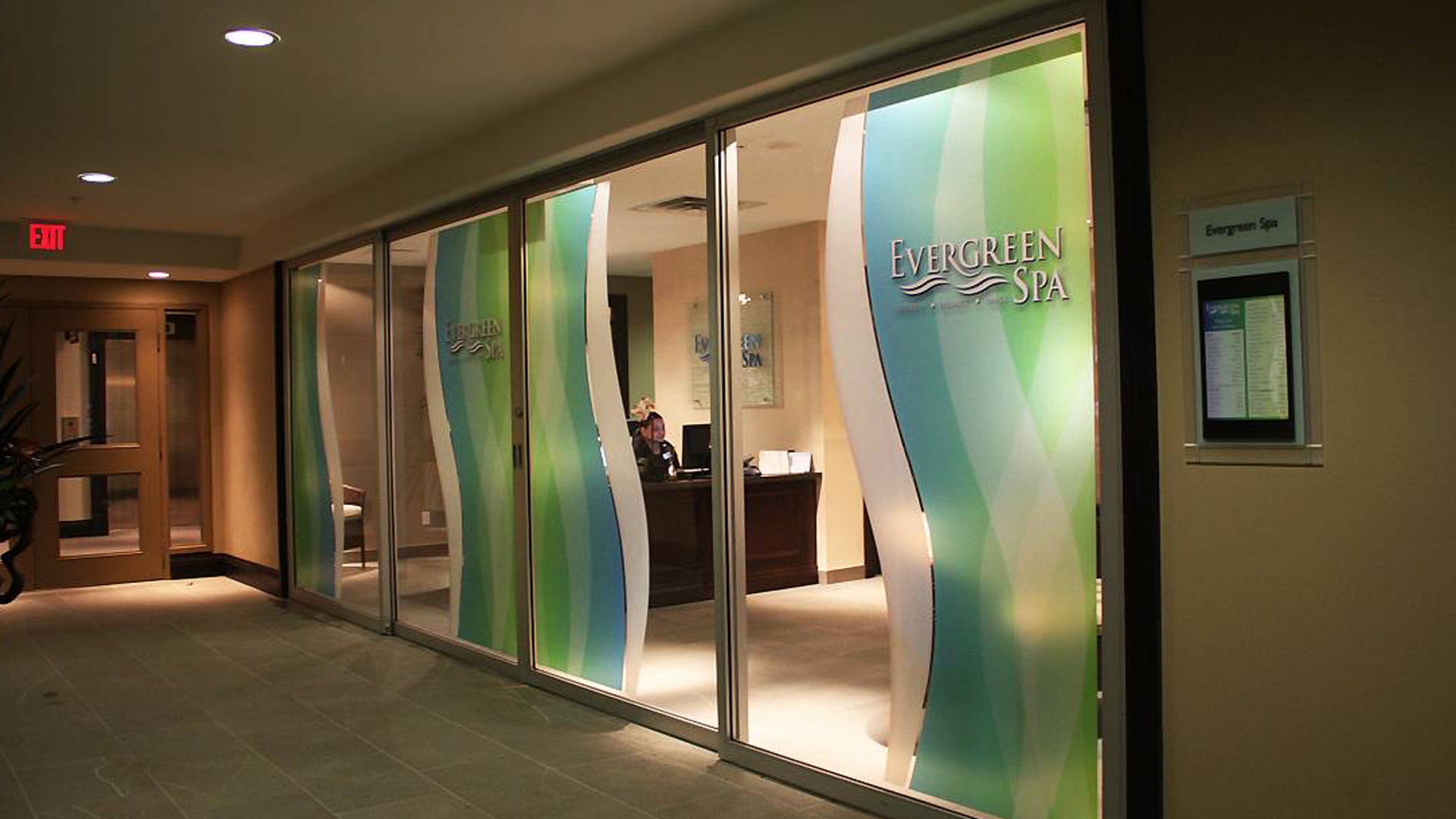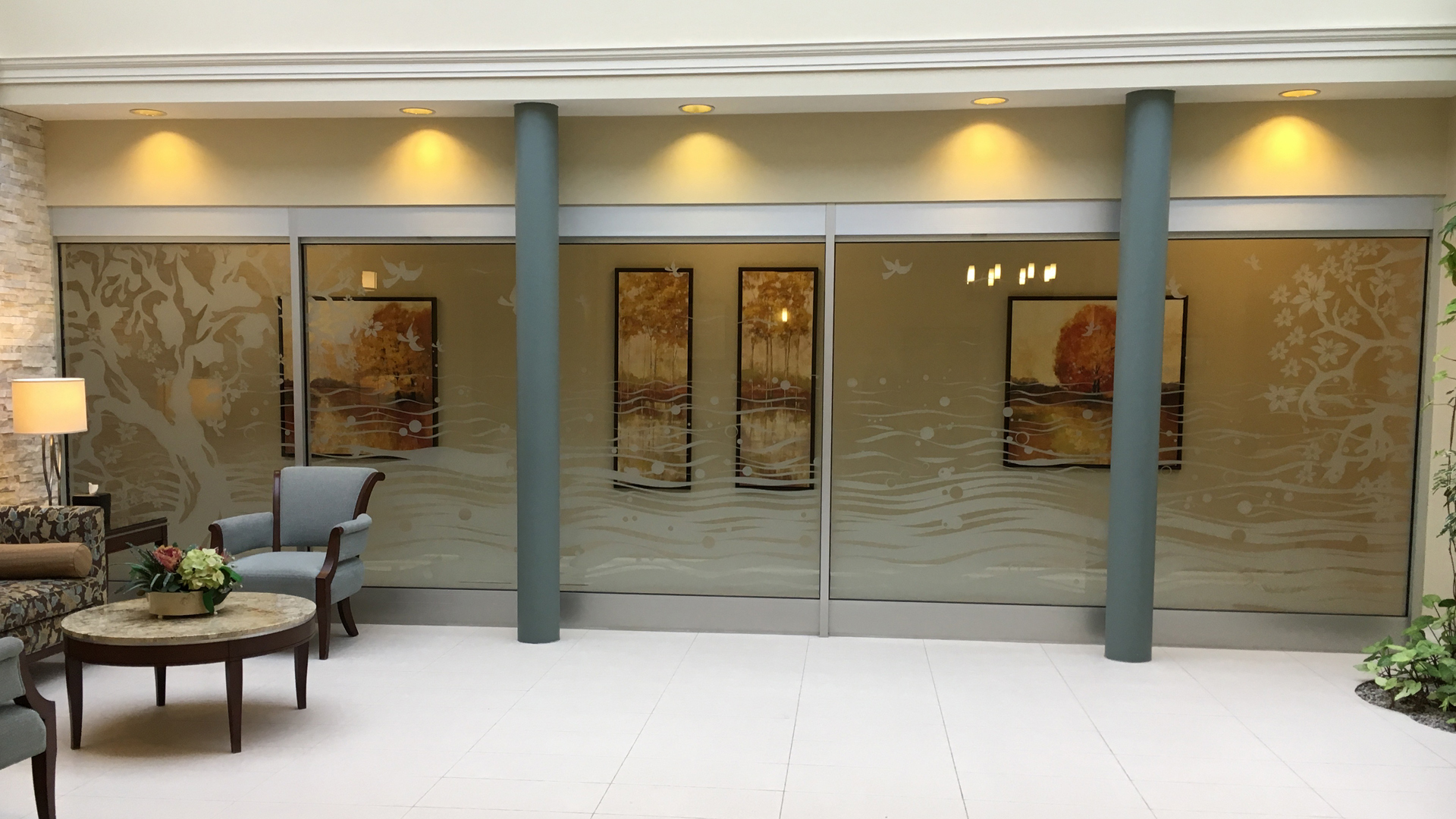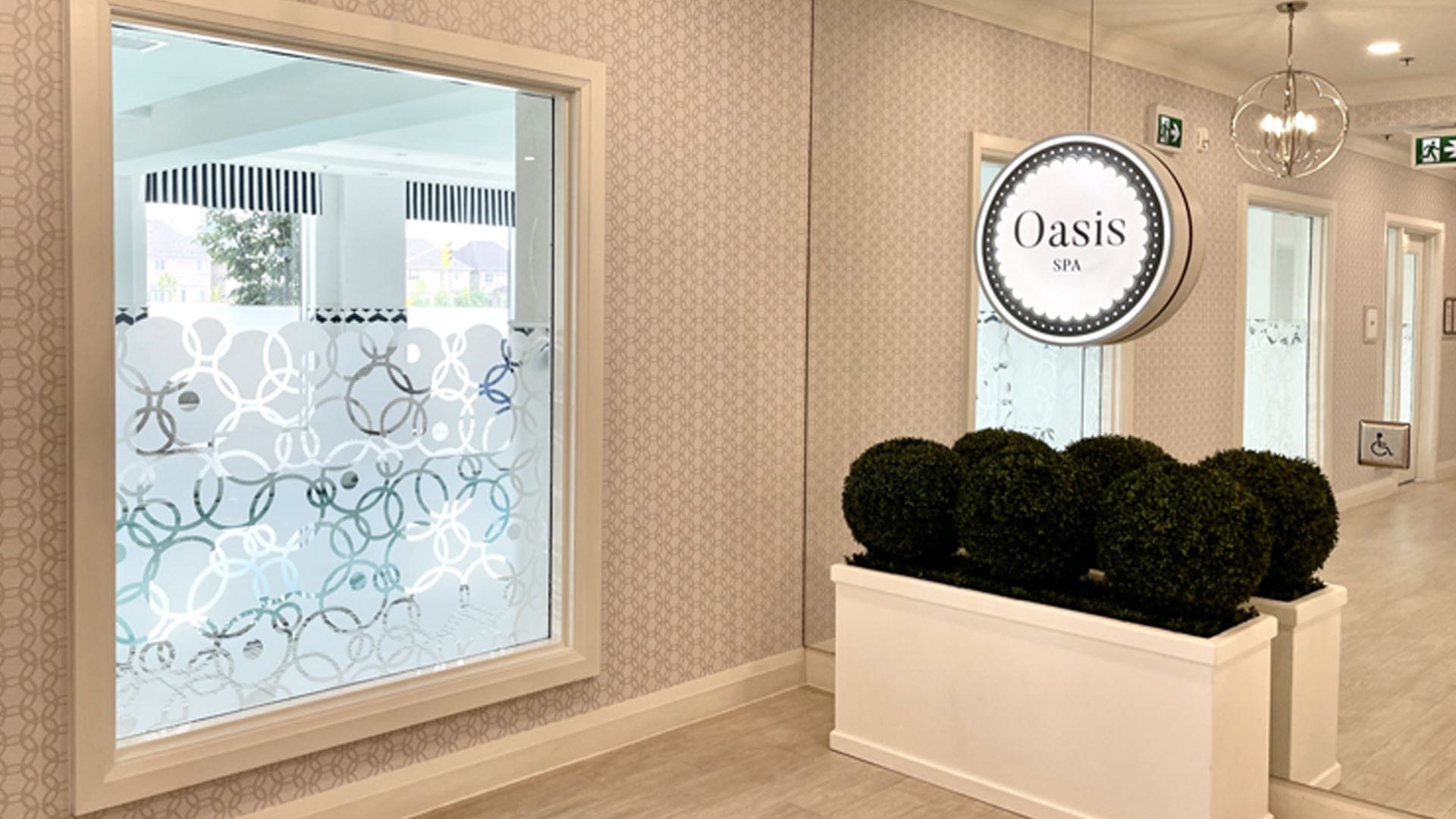Transforming Safety into Style – The Art of Designing with Clear Glass Panels in Public Spaces
Embracing the Modern Aesthetic of Clear Glass with a Focus on Safety and Design
Clear glass panels have become synonymous with contemporary design, bringing a sense of openness and connection to public spaces. These panels allow for a flood of natural light, creating environments that are both inviting and vibrant. However, their widespread use in areas with high foot traffic brings forth a crucial consideration: safety. Building codes, catering to the needs of all, including those with visual impairments, provide guidelines to ensure these aesthetic features do not compromise public safety.
Merging Building Code Compliance with Creative Design
Section 3.3.1.18: A Canvas for Creative Expression
The building code highlights the need for clear, distinguishable transparent doors and panels, necessitating the inclusion of contrasting, non-transparent elements. This requirement, while rooted in safety, opens doors for creative expression. Designers have the unique opportunity to select contrasting elements that serve both safety and aesthetic purposes. Imagine decorative bars or custom-designed hardware that not only mark the glass but also enhance the overall look of the space, marrying functionality with elegance.
Section 3.8.3.3: Barrier-Free Paths as Design Opportunities
In barrier-free paths, the code’s specifications for vision panels and continuous opaque strips become an avenue for creative ingenuity. Designers can infuse these safety features with custom patterns, colours, or textures that not only comply with regulations but also accentuate the building’s design theme. These elements can evolve from mere safety requirements to signature design features integral to the building’s identity.
The Synergy of Safety and Aesthetic Innovation
The integration of creative design into safety features enables architects and designers to craft spaces that are secure, compliant, and visually enthralling. Techniques like etching, frosting, or the use of coloured and textured glass can simultaneously enhance safety visibility and add a unique artistic touch. This approach aligns the functional aspects of safety with the building’s aesthetic language, creating a cohesive and captivating environment.
The Critical Role of Compliance for Public Safety and Inclusivity
Adherence to safety regulations is paramount in ensuring the well-being and inclusivity of all public space users. Creative designs that enhance these safety features play a crucial role in making them more effective and prominent, thereby reducing the risk of accidents and injuries.
Conclusion: Crafting a Harmony Between Safety and Design
The use of clear glass panels in public spaces necessitates a delicate balance between their visual appeal and the imperative of safety and accessibility. By embracing creative design solutions within the confines of building code requirements, architects and designers are empowered to create spaces that are not only safe and compliant but also aesthetically distinct and appealing. This innovative approach fosters environments that are both stunning and inclusive, showcasing the potential of design to unify safety considerations with creative expression.










